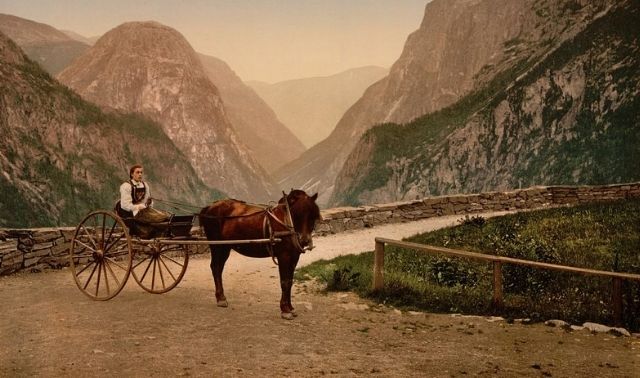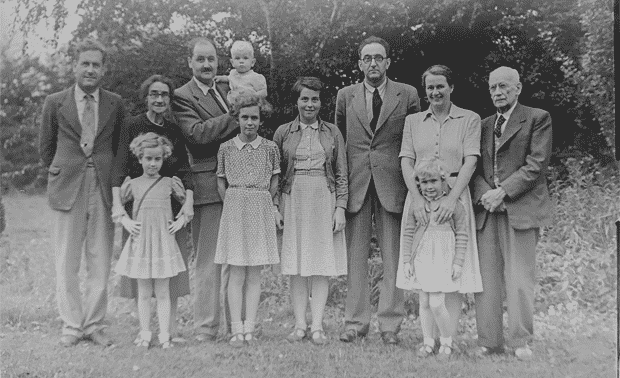Sign up for the Family Tree Newsletter! Plus, you’ll receive our 10 Essential Genealogy Research Forms PDF as a special thank you.
Get Your Free Genealogy Forms
"*" indicates required fields
Most of your Norwegian ancestors’ genealogical records are in Norwegian, but you also may find them in Danish, Swedish, and occasionally, Latin. It all depends on historical events of the time:
- Norway united with Denmark from 1319 to 1397; records from this era may be in Danish.
- The Kalmar Union from 1523 to 1814 united Denmark, Sweden and Norway under the Danish King. Records will at least have headings in Danish, although the recorded data may be in Norwegian or Danish.
- Norway united with Sweden under the Swedish king from 1814 to 1905. You may find records with Swedish headings and data in Norwegian or Swedish.
- Norway gained independence under its own king in 1905; records should be in Norwegian from then until the present.
- Germany occupied Norway during World War II (1940–1945), which led to lost or destroyed records in some areas. It’ll be helpful to understand these key genealogical terms you’re likely to come across in Norwegian research.
Now that you understand the history behind language changes, refer to the chart below for Norwegian-to-English translations of genealogical terms commonly found in old records.
| Norwegian | English | ||||
| amt, fylker | county, counties | ||||
| år | year | ||||
| barn | child | ||||
| begravede, jordet | burial | ||||
| bestefar, farfar, morfar | grandfather | ||||
| bestemor farmor, mormor | grandmother | ||||
| bror | brother | ||||
| brud, brudgom | bride, bridegroom | ||||
| bygdebøker | parish local history book | ||||
| dåp, døpte | baptism | ||||
| datter | daughter | ||||
| døde, død | death | ||||
| ektemann | husband | ||||
| enke, enkemann | widow, widower | ||||
| far | father | ||||
| fødte, født | birth | ||||
| foreldre | parents | ||||
| hustru, kone | wife | ||||
| landsby | village | ||||
| mor | mother | ||||
| pikenavn | maiden name | ||||
| sokn | parish | ||||
| sønn | son | ||||
| søster | sister | ||||
| viede, copulerede, egteviede, gift, vielse | marriage |
A version of this article appeared in the December 2014 issue of Family Tree Magazine.





